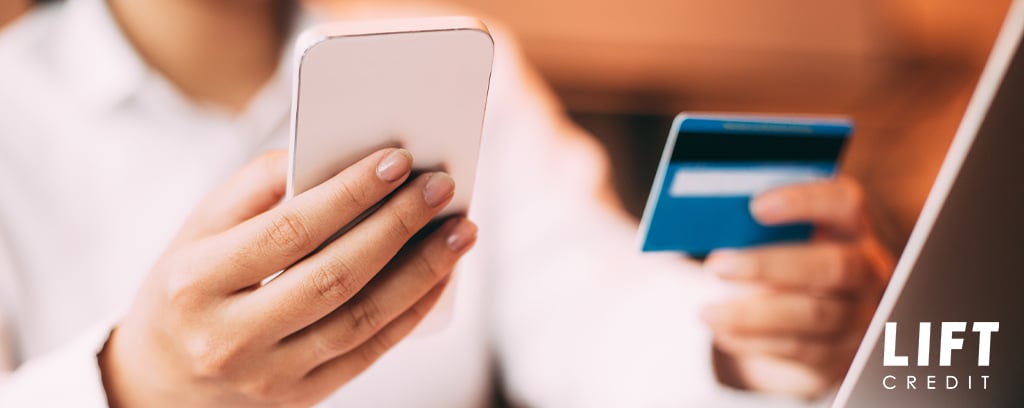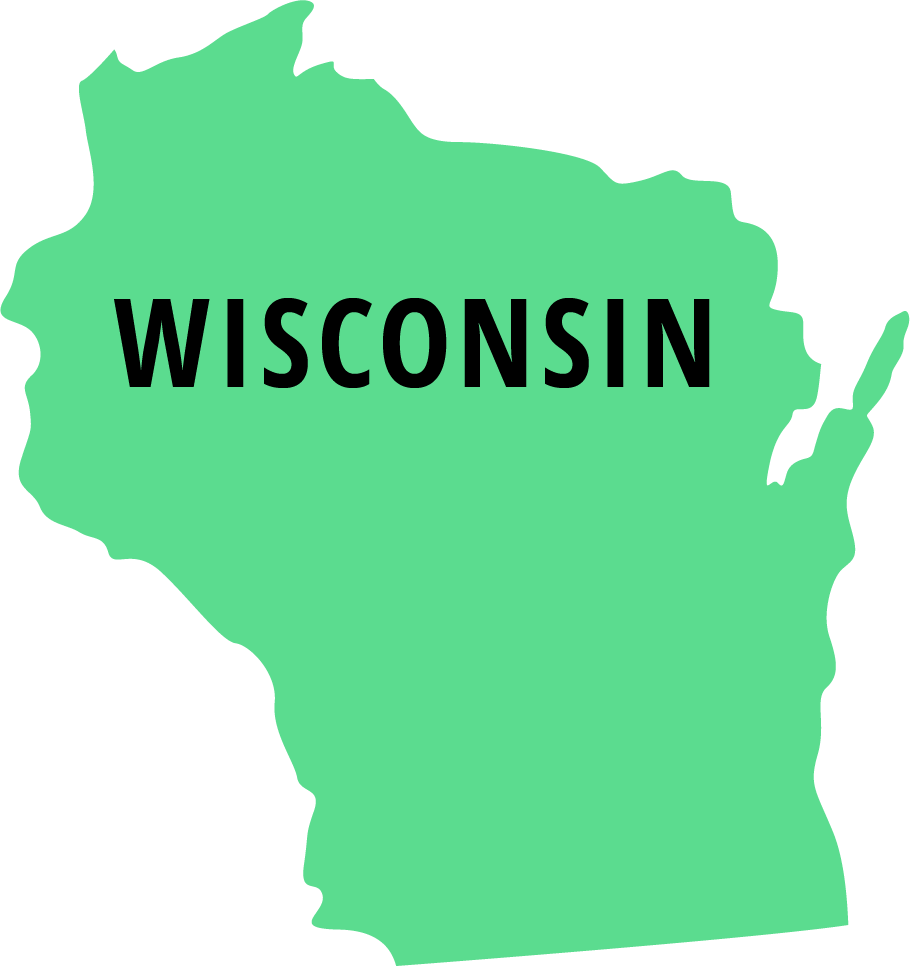Credit cards aren’t evil. If you learn to use them wisely, you can actually save money by using one.
Check it out.
The key to smart credit card use is only using it for what you can afford to pay, and paying it back in full, on time so you don’t incur charges. Using a credit card builds…wait for it…credit. If you use it to buy groceries and gas each month (spending within your budget), and you pay it back before it’s due, this looks great on your credit score, which will get you lower rates when purchasing a home or a car.
First: Don’t apply for credit you don’t need.
Although your first few credit card accounts will build credit and improve your credit score, there is a point when acquiring more will actually reduce your score. Each time you apply for credit (a card, or home and auto loans), you get either a “soft hit” or a “hard hit.” Too many of these in a short amount of time will negatively impact your score (unless you’re getting several for the same type of loan – credit bureaus expect you to shop around). Don’t open more than one new card at a time, and don’t open one close to the time you take out a new home or auto loan.
Generally, two or three cards are all you need.
If you do have more than three cards, don’t close your existing accounts. Closing them may seem like the obvious fix of having too many cards, but it’s not. Once the accounts are opened, the damage has already been done, and closing them can actually reduce your score; the loss of available credit narrows the gap between how much you owe and how much credit you have available, which will have a negative impact. Alternatively, the longer you have an account open will improve your credit score. Cut up the card if you don’t want the temptation of using it, but keep the account open.
Choosing a card
Don’t just sign up for whatever card offer comes in the mail. Do your research and read the fine print. Choose a card with a low APR (Annual Percentage Rate), and without an annual fee. Some cards offer great rewards programs (travel points, cash back), but many of them have an annual fee and higher interest rates than no-frills, no-reward cards. Make sure you aren’t paying more for the card than what you get in return.
Many cards offer low introductory APR rates for the first year or so. These are great options for transferring balances from other high-interest cards, but look closely at what the rate will be after the introductory rate expires, and if they charge balance transfer fees. Sometimes they are exorbitantly high and can bury you even deeper in debt.
Use your reward points!
Some cards have rewards that expire, so you’re not really getting much value out of the card if you’re not using them – especially if you’re carrying a high balance or making late payments.
Don’t even think about using the cash advances
They are not as attractive as they may seem; you’ll pay a 2-4% Cash Advance Fee, plus finance charges on the cash advance (which probably has a higher interest rate than usual). Also, if you have a balance on your credit card, your monthly payments get split up between the balances, so you have two bills instead of one.
Making Payments
Be sure to make a payment after your statement comes out, but before the due date so credit bureaus see some activity, but a low balance. Set up an automatic transfer to pay off the amount owed each month to avoid any extra charges and to prevent you from falling behind on payments. Set these up right after your pay day, so the payments come out when you have the highest amount in your bank account.
If you’re trapped and you can’t pay the full amount due, at least pay more than the minimum payment. While making the minimum payment on time is good to avoid late fees and have good repayment history on your credit reports, you will still incur interest charges and it will take much, much longer to pay off. If you only pay the minimum, that $15 pizza could end up costing you $100.
A $0 balance is ideal, but your credit won’t usually be affected until you’re holding about 20% of your card’s limit. So if you can’t pay it off in full, pay as much as you possibly can each month until you can get your balance back to $0. Your credit score will increase when you bring your card balance down sooner with higher payments.
There is a benefit to using your credit card routinely and paying off the full balance each month after the statement is generated; however, there are not any additional benefits to carrying over any balance to the next month, which results in unnecessary interest charges (not just on the balance carried over, but on any new charges made the next month).
So in the future, remember to only use your card for what you can afford to pay back immediately.
Monitor Your Account
The Fair Credit Billing Act covers online purchases through a credit card, but not debit cards, making a credit card the safer option online. For instance, you’re protected if you purchase something online and it never arrives, or arrives damaged or not as describe. To get your money back, you just contact your credit card issuer and request a chargeback. You’ll receive a temporary credit until the card issuer does research to substantiate your claim.
The Fair Credit Billing Act also covers unauthorized charges – if you notice fishy charges on your credit card (say you live in Utah, and someone spends $500 at a gas station in Kentucky), the company will file a dispute and return your money if it can be proven the purchase wasn’t made by you. Debit cards don’t offer the same protection.
Check out our blog for more money tips!









